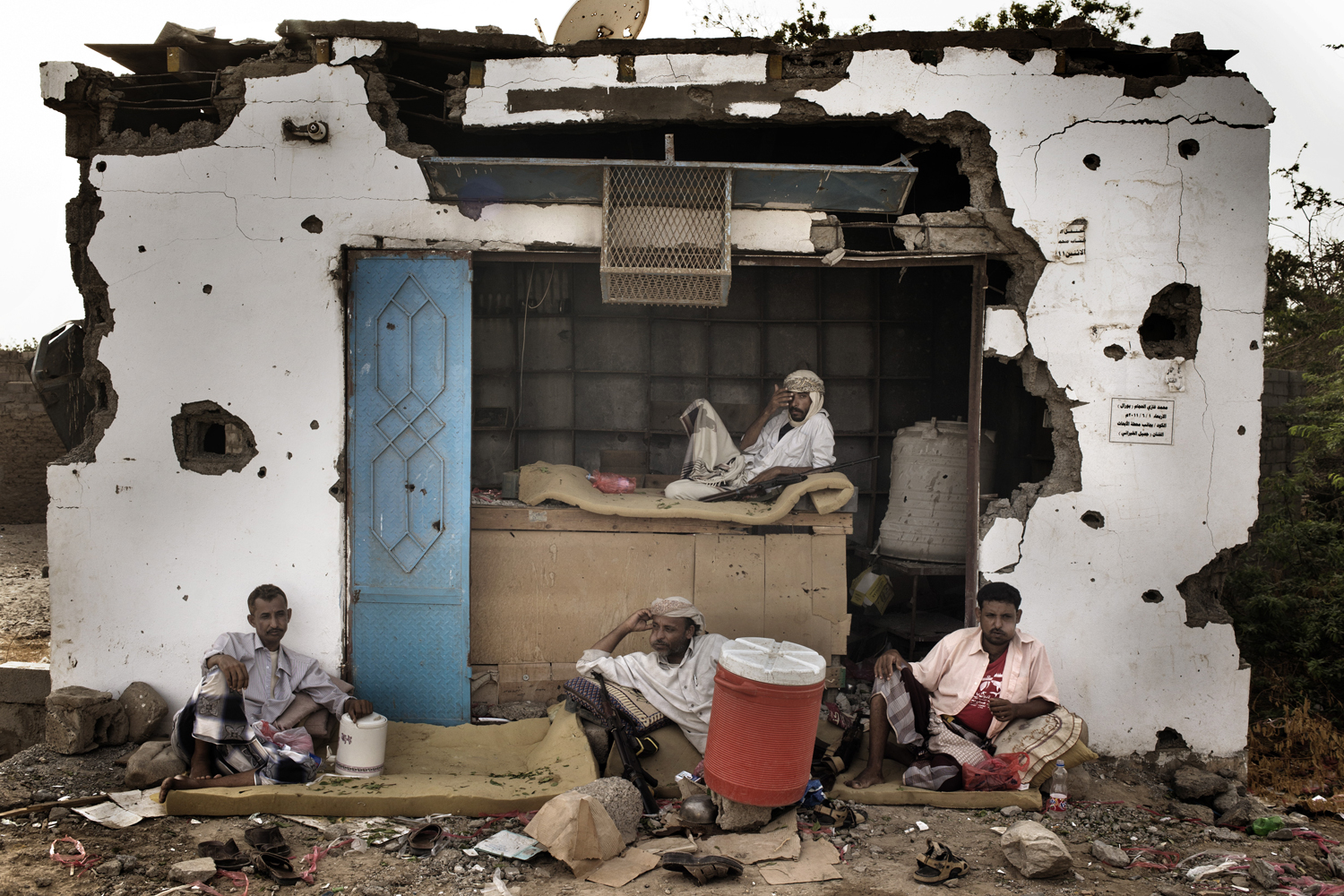
Yuri Kozyrev and I have spent more hours than we care to remember on ’embed’ with the great militaries of the world—American, Russian, NATO, Indian. But a chance to travel with a Yemeni Central Security Force (CSF) patrol in the southern Abyan province had both of us filled with nervous excitement. We were keenly aware that Yemen, a desperately poor nation at the bottom of the Arabian Peninsula, doesn’t exactly have the best-equipped army. And yet this army had just dealt al-Qaeda a major military blow in Abyan, earning the respect of all soldiers who have fought against fanatical jihadists, and those of us who have covered those battles.
We were told to bring our own vehicle because the CSF patrol was comprised of a single Toyota pickup truck, and there was no room for passengers. We met our escort on the outskirts of the port of Aden on a day the temperature topped 120 degrees and the humidity, 90%. In that heat, Yuri and I were grateful that, unlike the U.S. military, the Yemeni CSF did not require us to wear body-armor: the soldiers had none themselves. But we knew we were going into towns and villages where many al-Qaeda fighters were still at large, living among the population and just waiting for a chance to strike at the Yemeni military. The leader of our patrol, 2nd Lieutenant Tariq Bishr, warned us that we could take sniper fire at any moment.
There was also a risk we could hit a landmine: the retreating jihadists had planted thousands of them on the roads leading to the major towns of Zinjibar and Jaar. In those towns, many homes and offices were booby-trapped, designed to kill civilians (many of whom had fled when al-Qaeda had taken over) as they came home.
But if any of this worried Yuri, he didn’t show it: I’ve known from working with him for a decade that he is unflinchingly fearless under fire. He quickly developed a rapport with the soldiers in our patrol, overcoming any concerns they may have had about having to baby-sit a pair of foreigners in a dangerous place. At the start of the patrol, Lieutenant Bishr and his men were nervous about Yuri’s camera, mainly because it attracted too much attention from bystanders. But within a couple of hours, the soldiers had become Yuri’s spotters, pointing out photo opportunities and posing for pictures themselves.
The result is this series of pictures, which offers a rare glimpse into an important battlefield in the war on terror. But it’s worth remembering these were only possible because of the valor of Lieutenant Bishr and his men.
Bobby Ghosh is an editor-at-large at TIME. Read his cover story from Yemen in this week’s issue of TIME here.
Yuri Kozyrev is a contract photographer for TIME and was named the 2011 Photographer of the Year in the Pictures of the Year International competition.
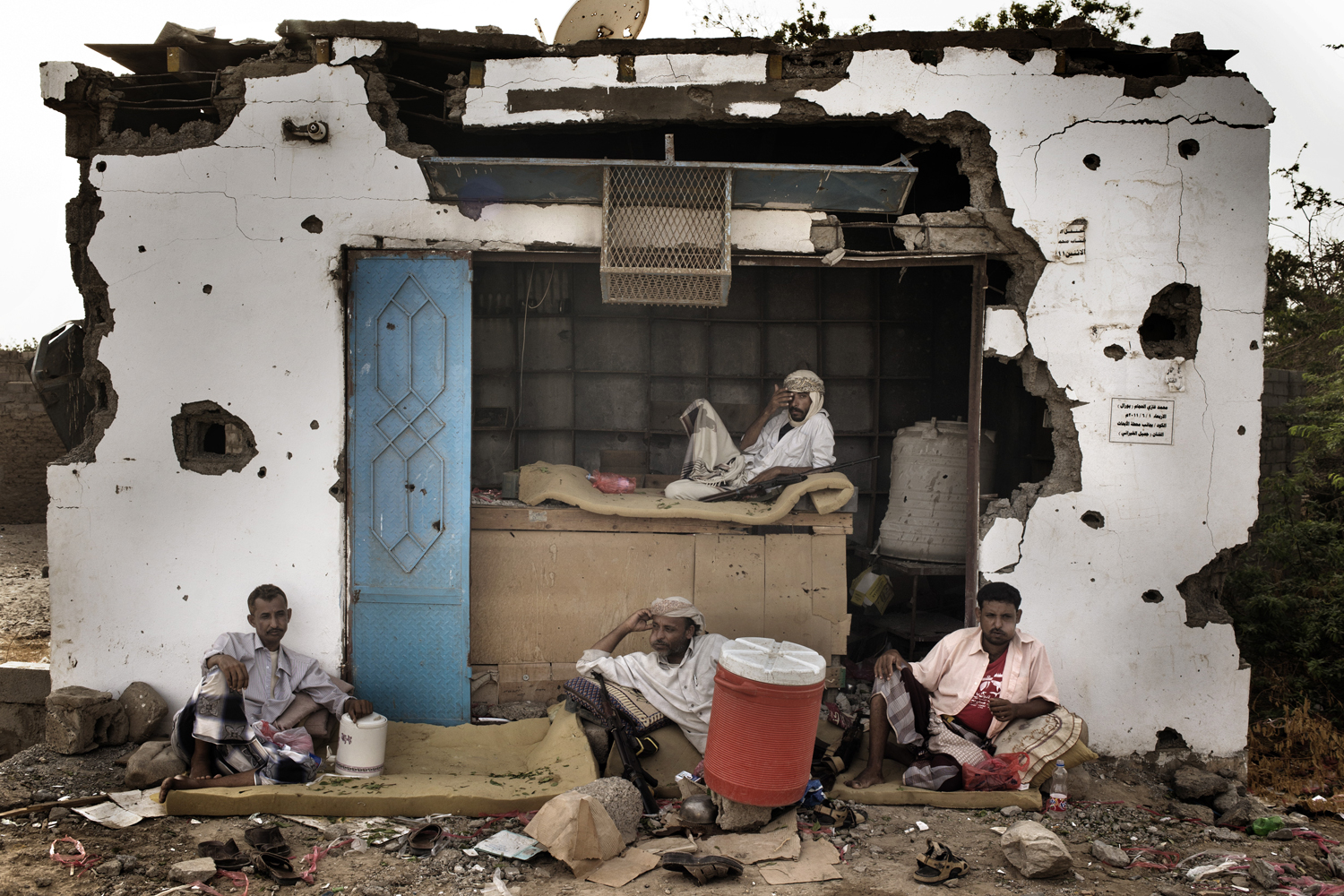
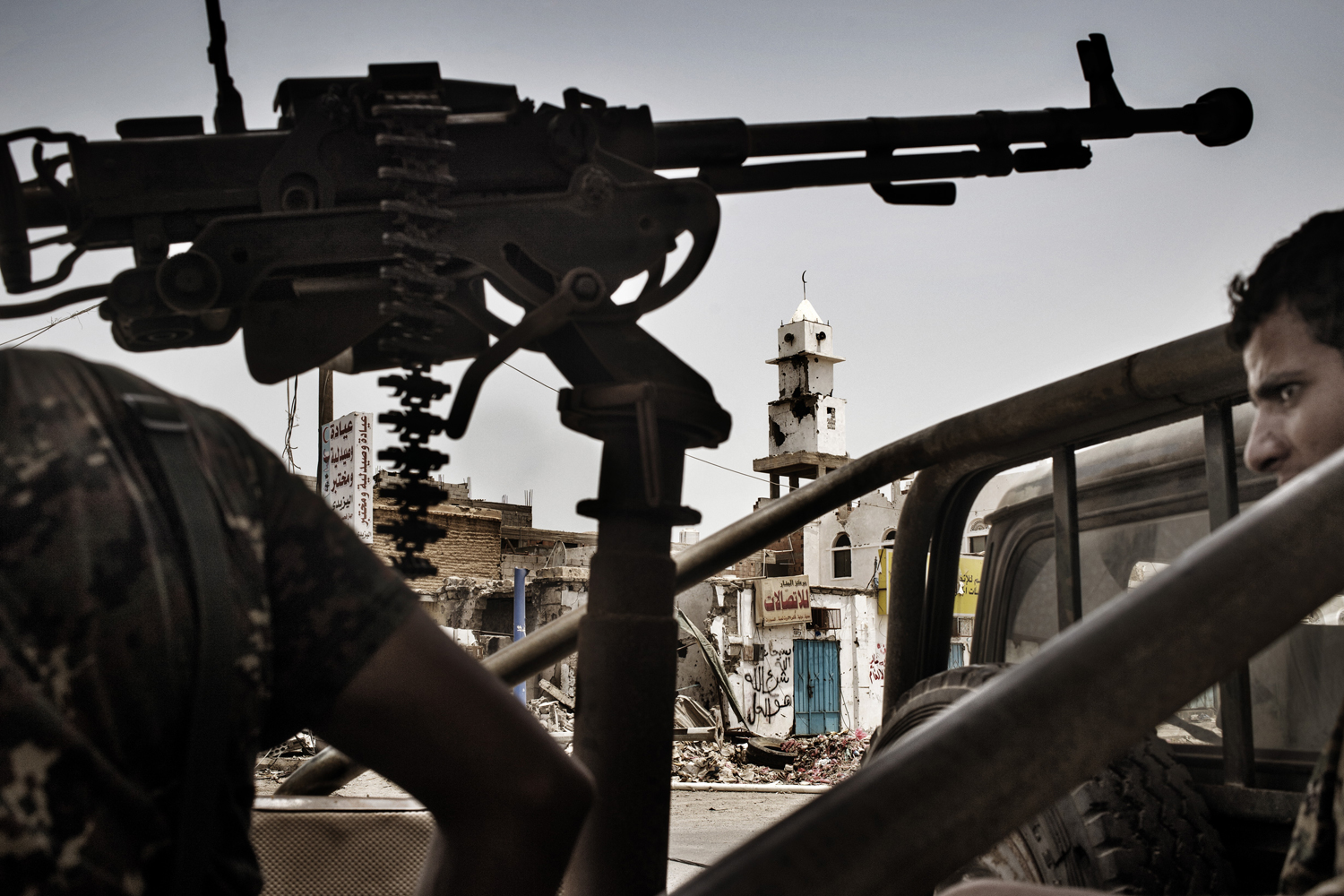
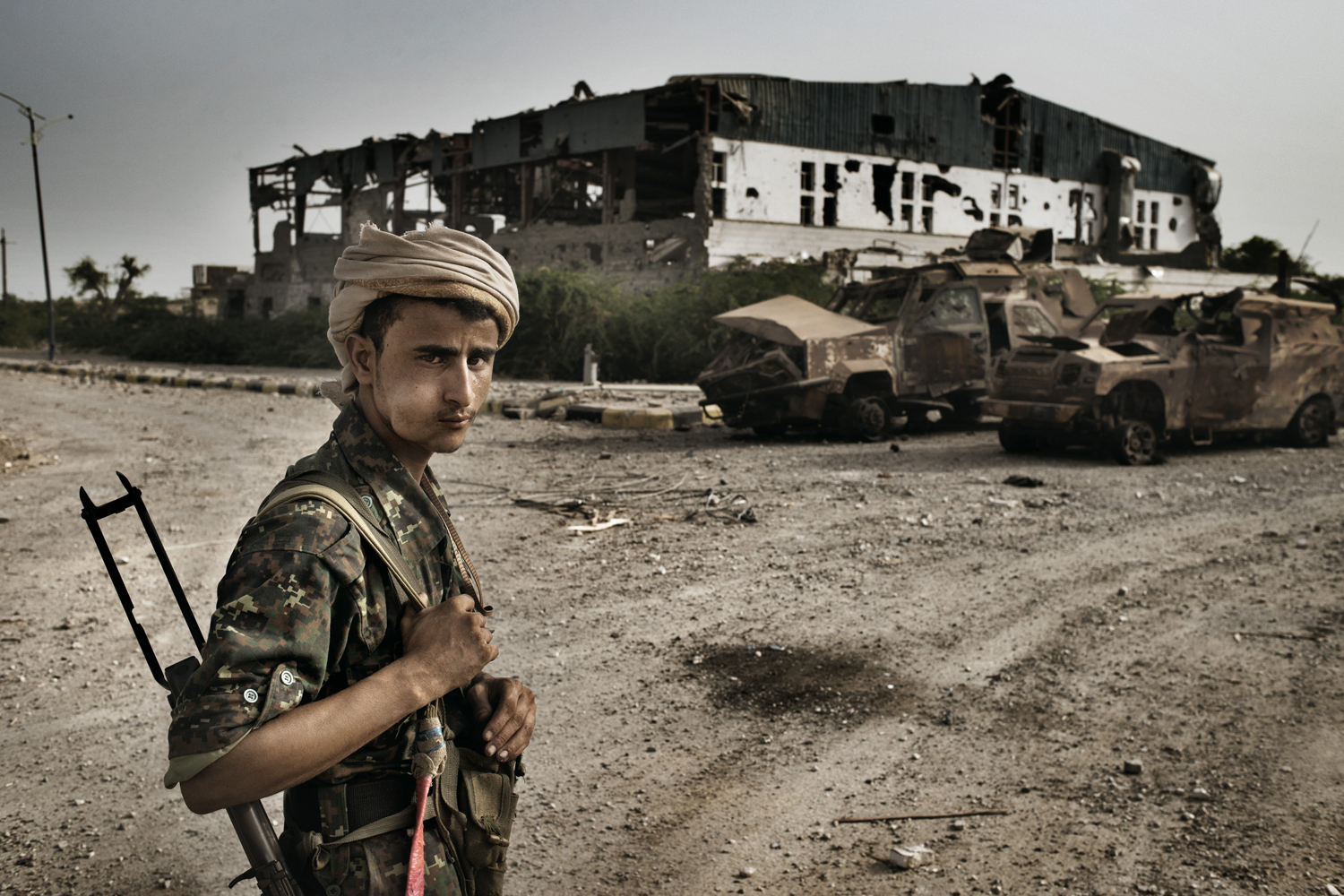
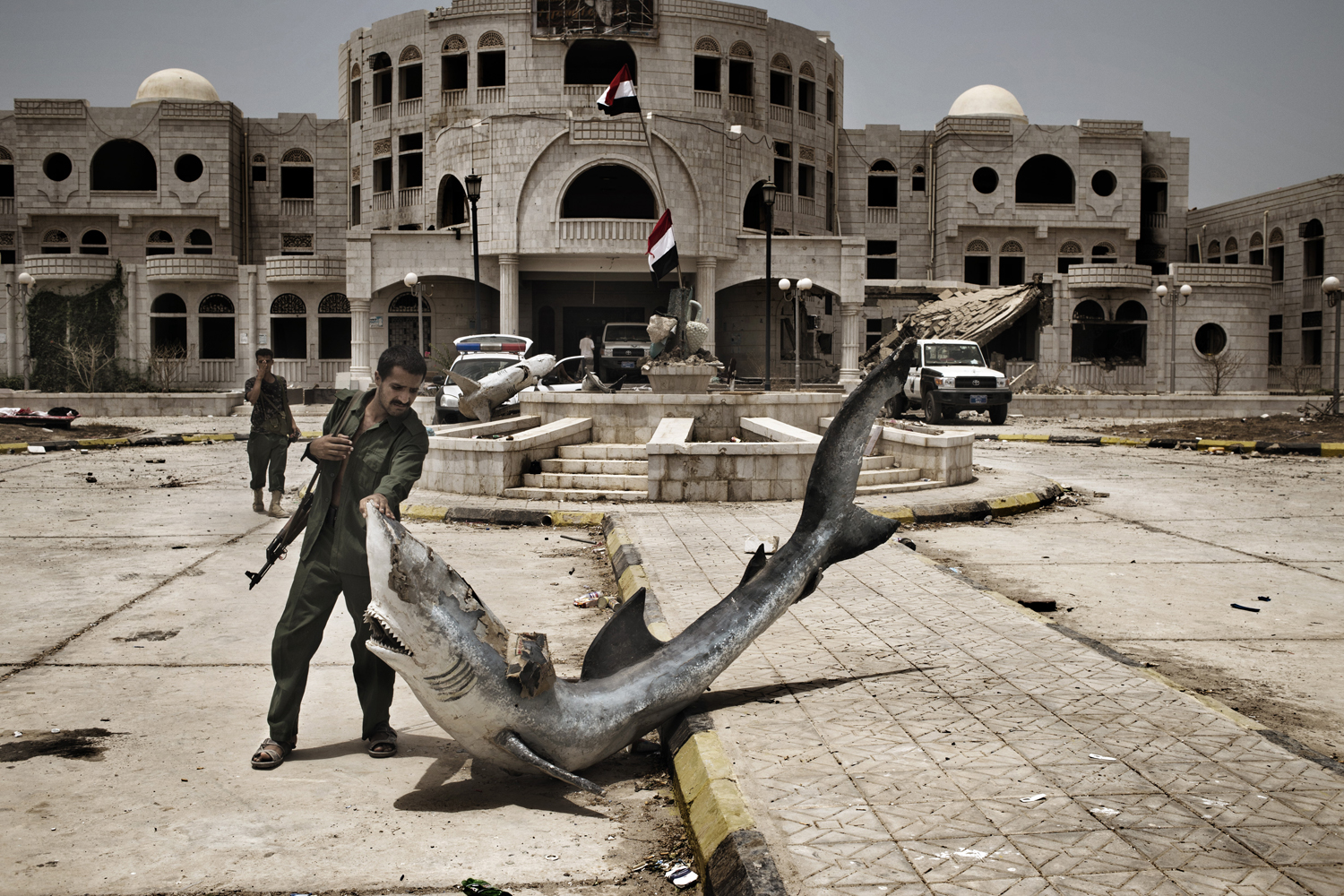
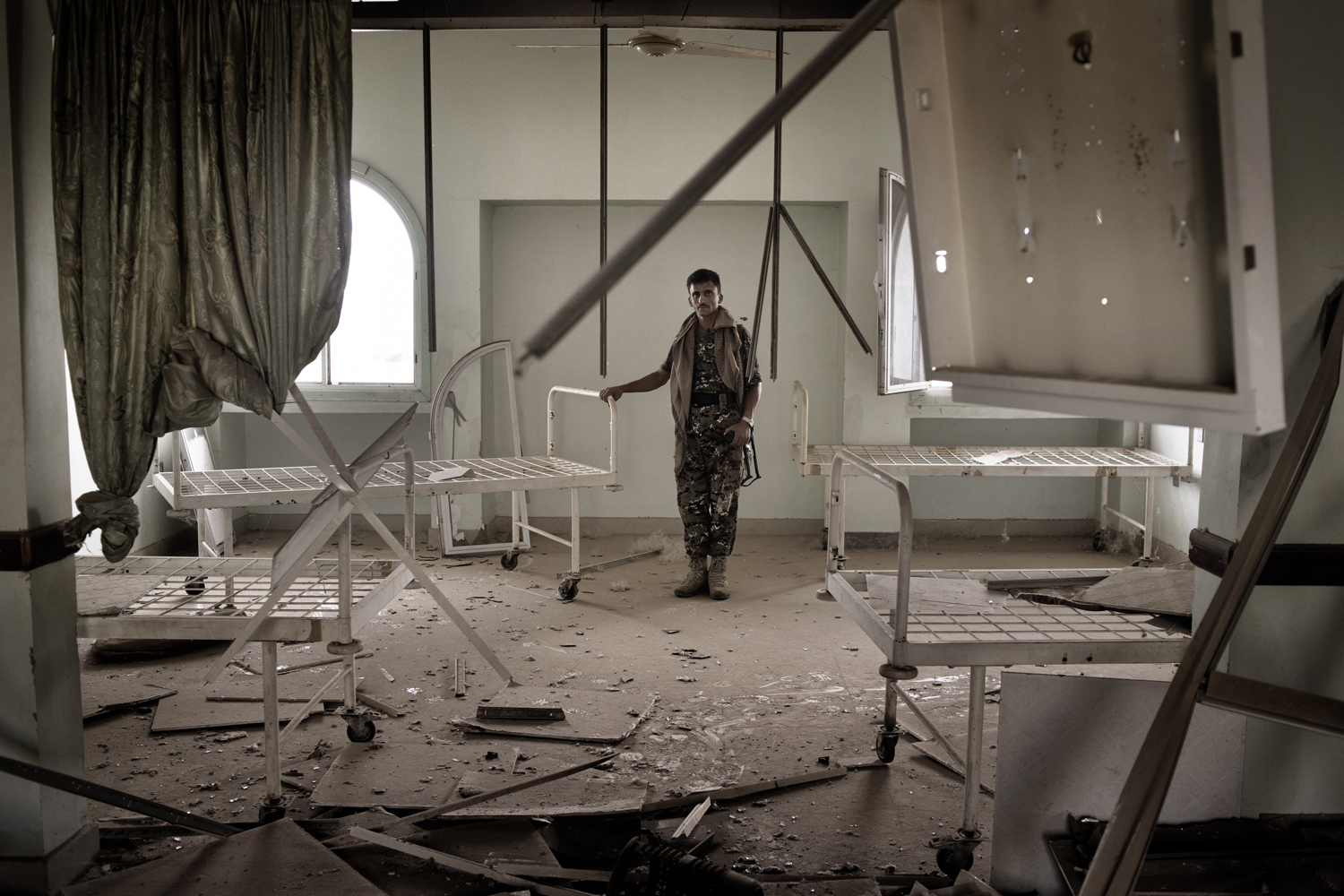
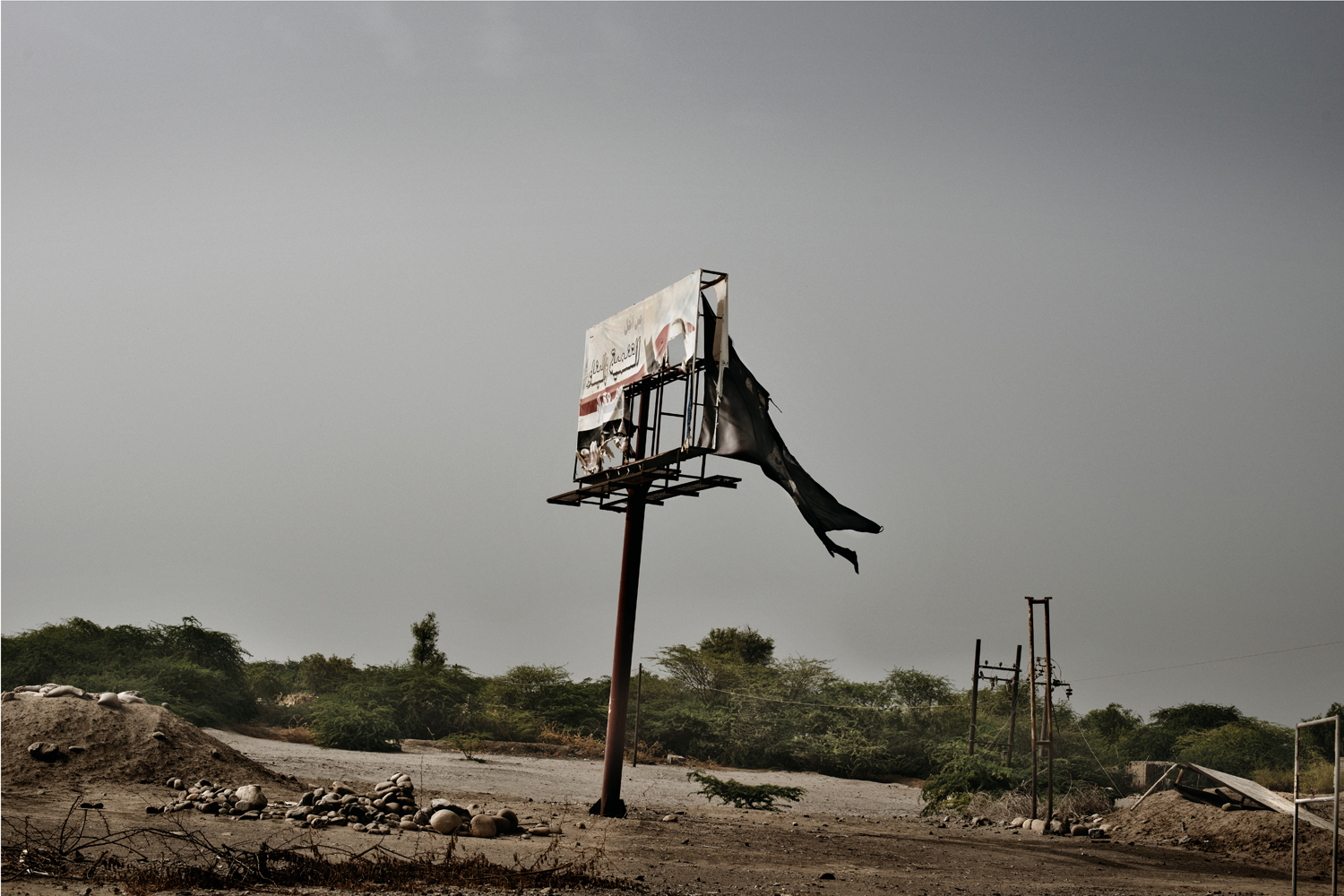
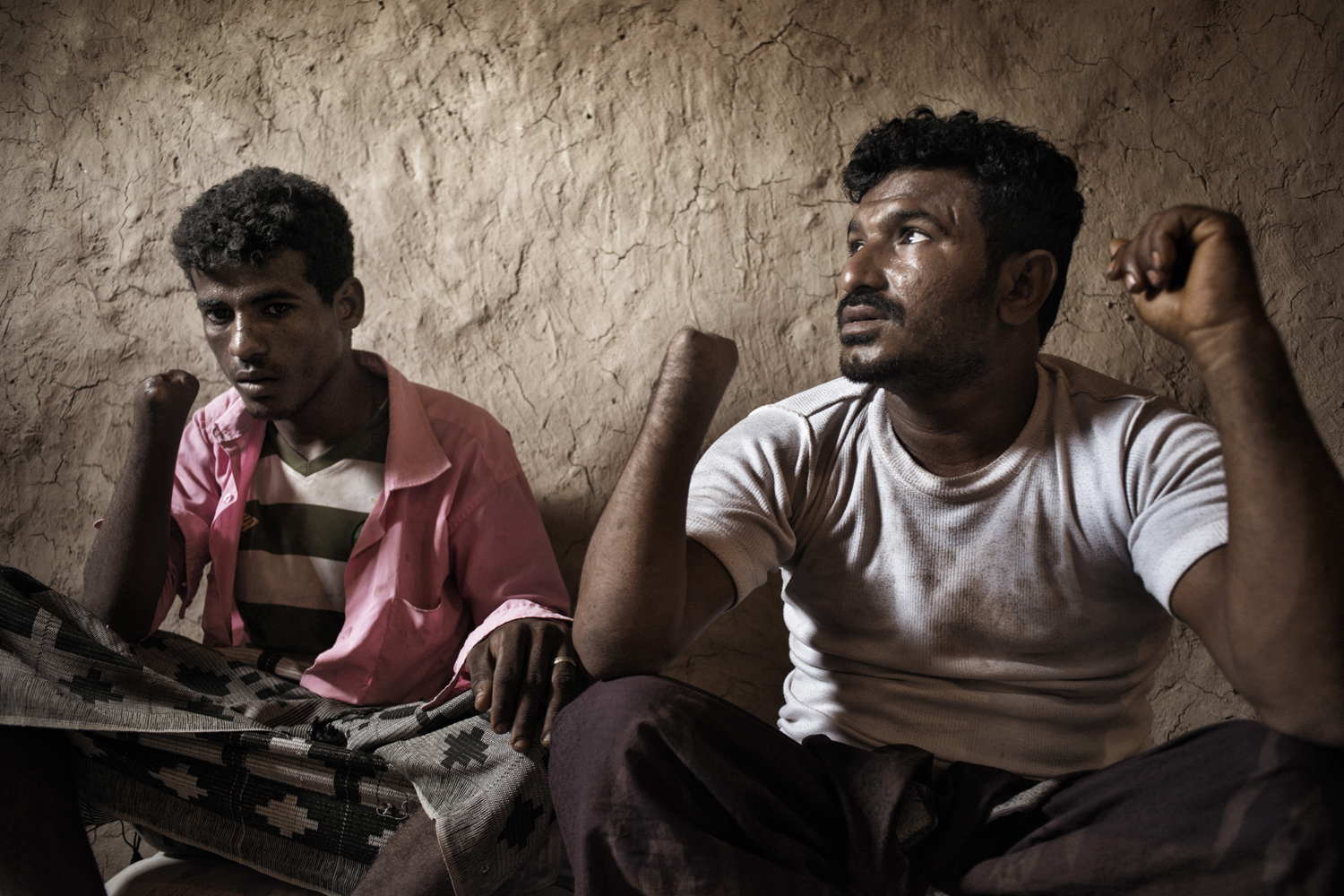
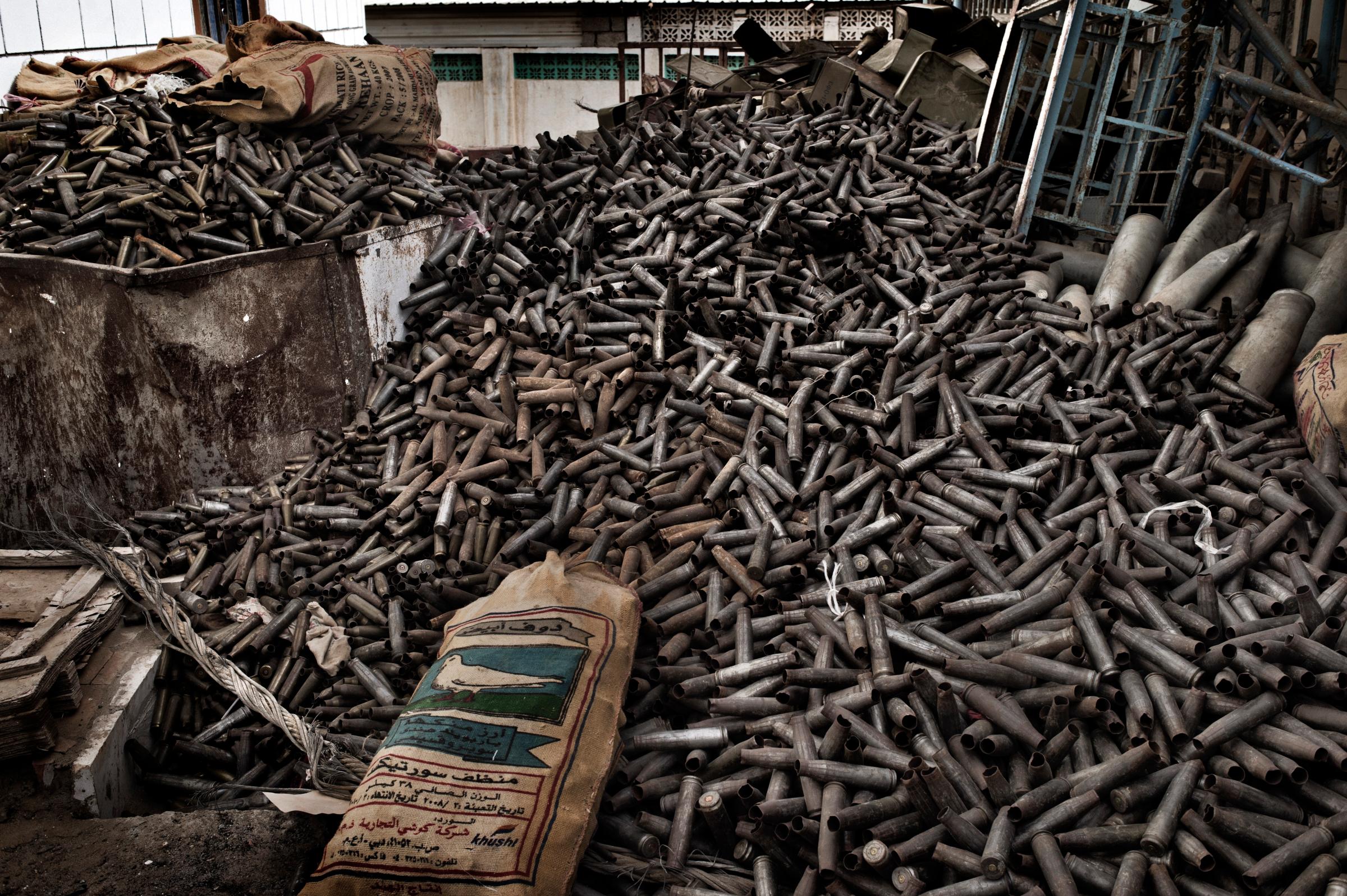
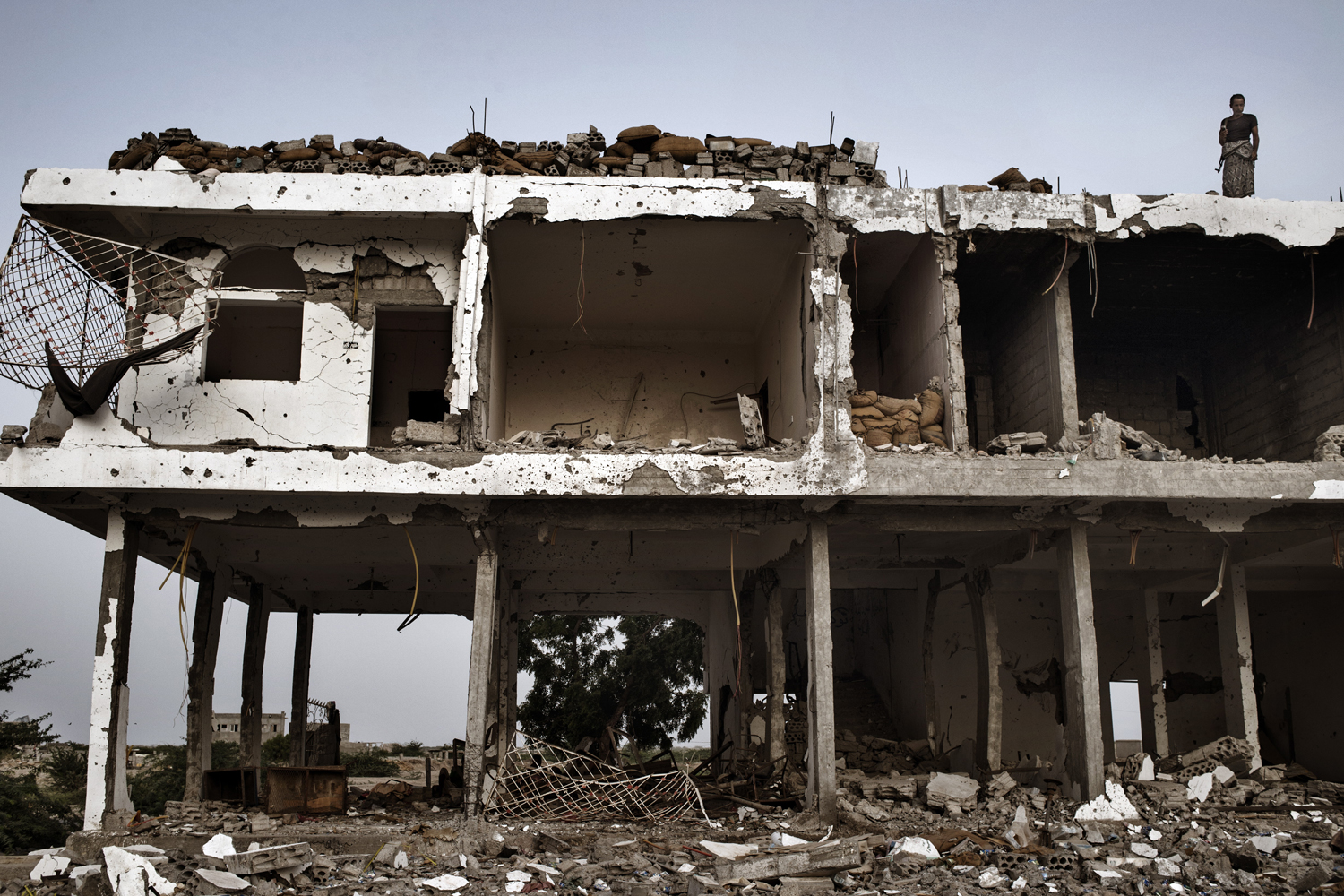
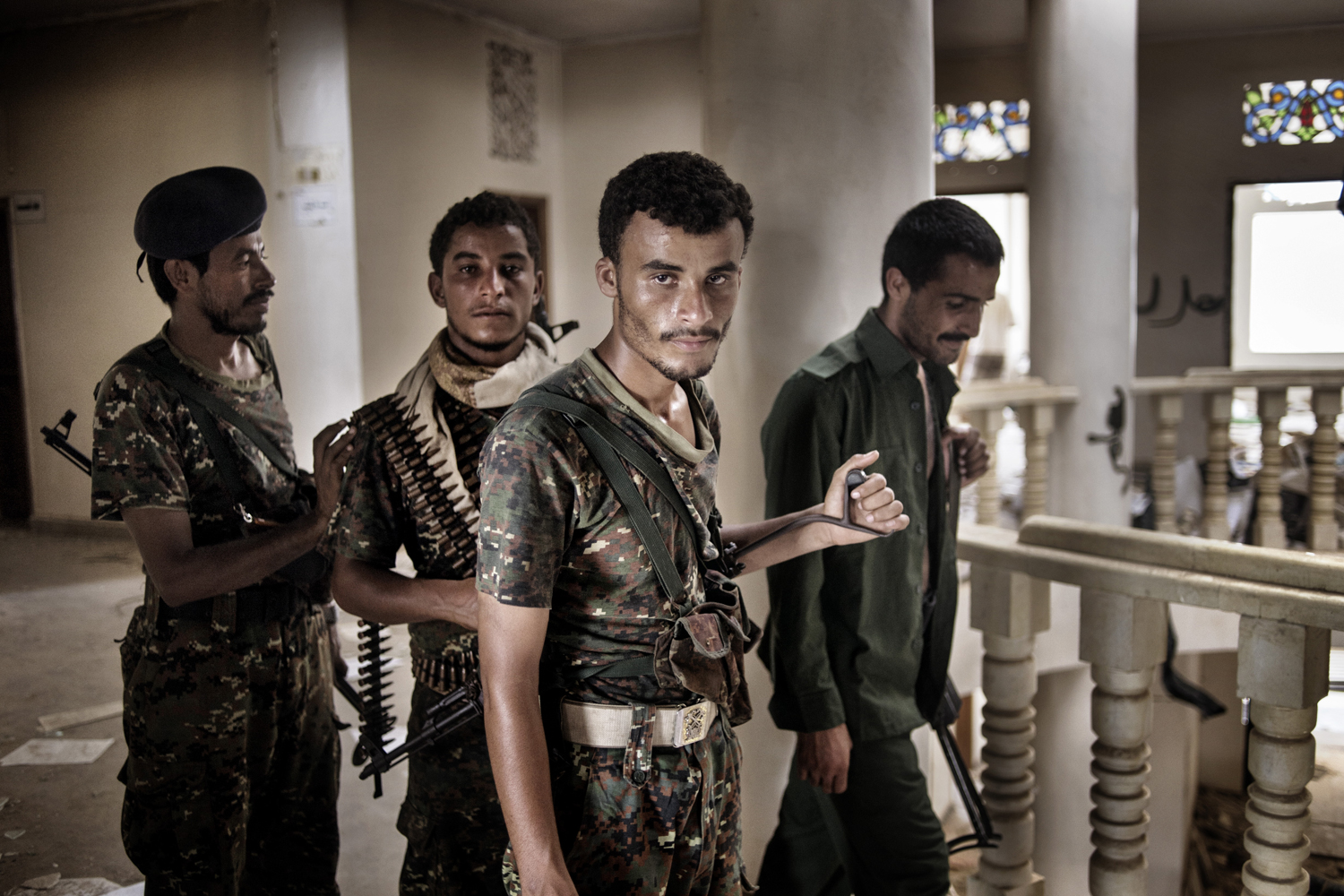
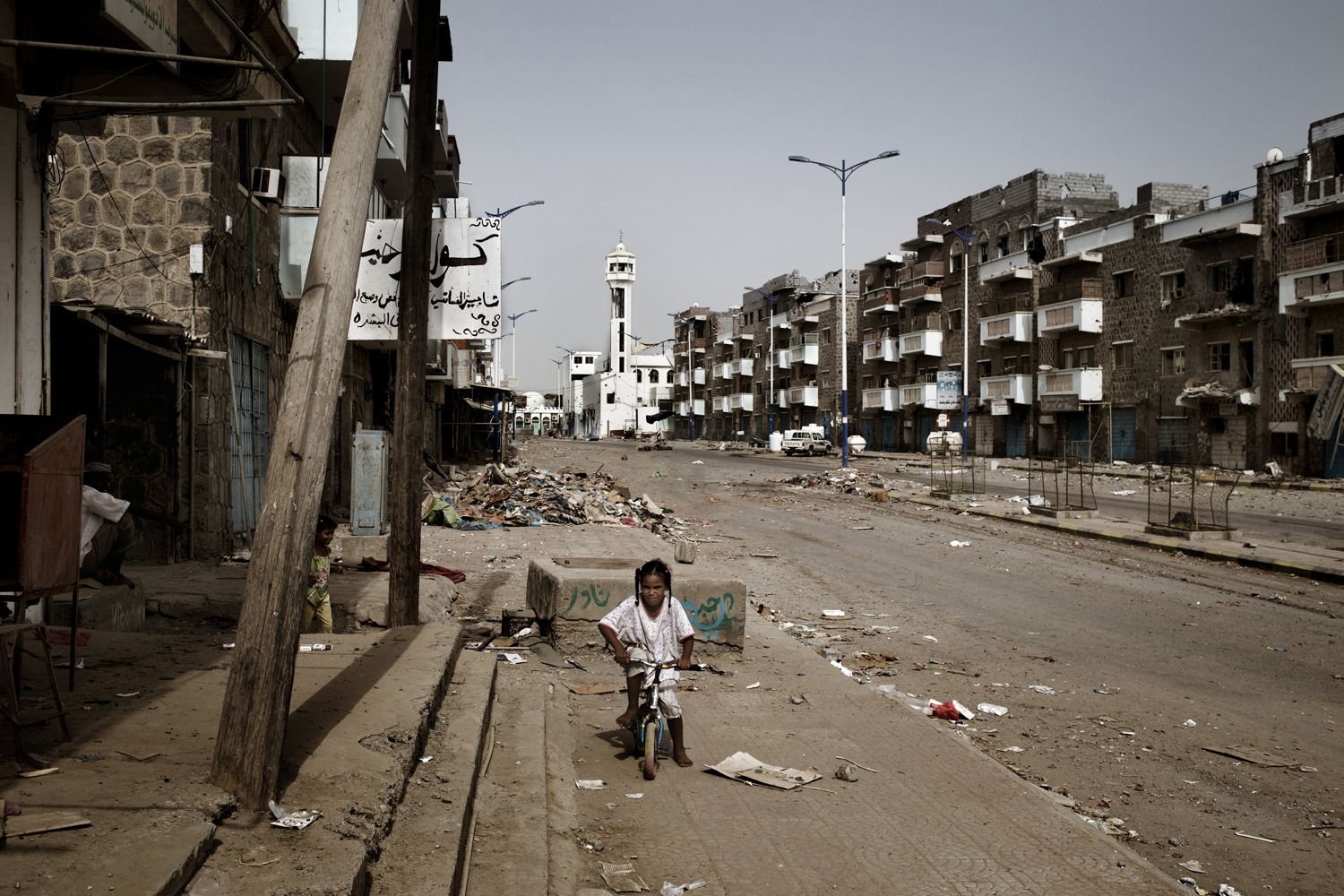
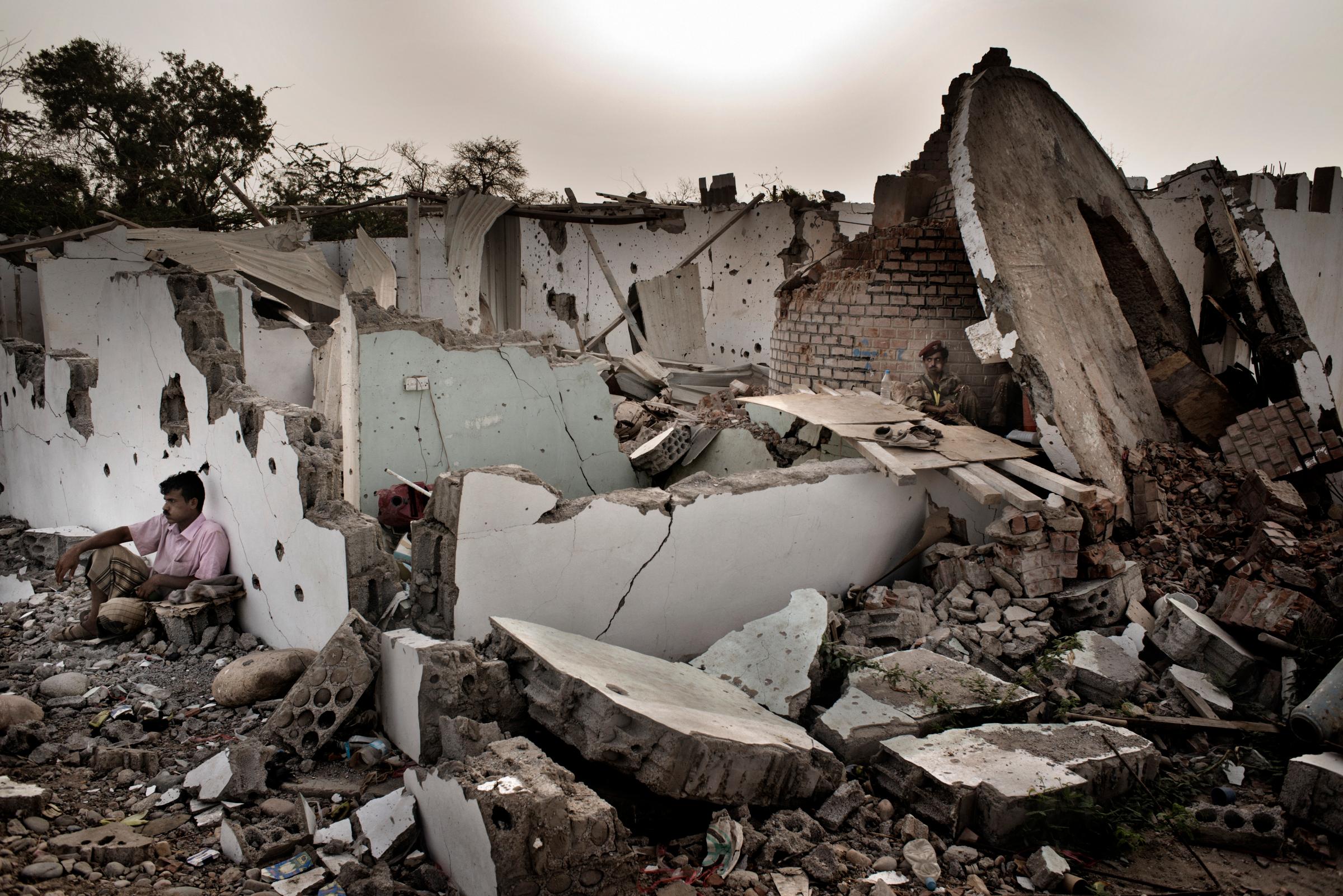
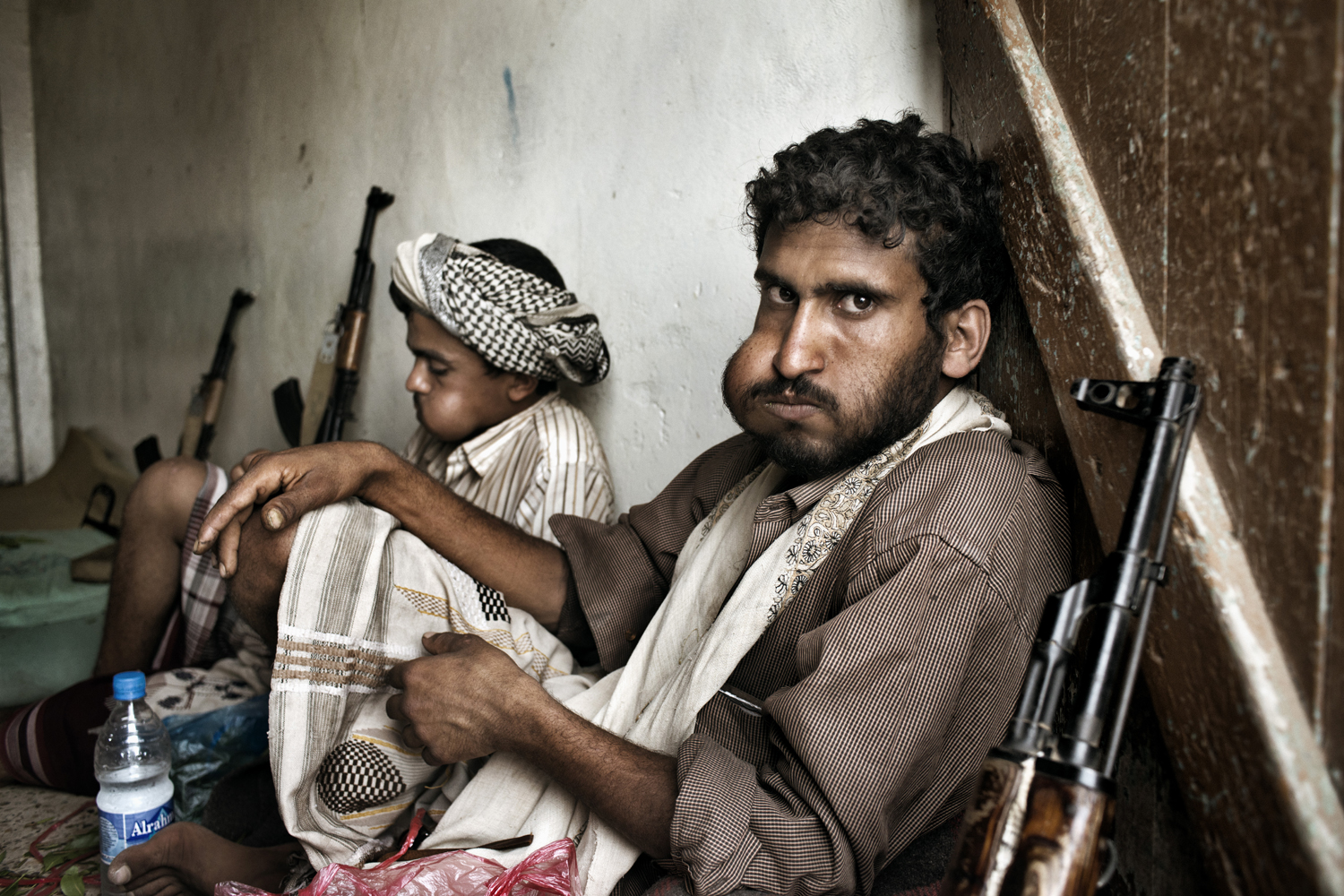
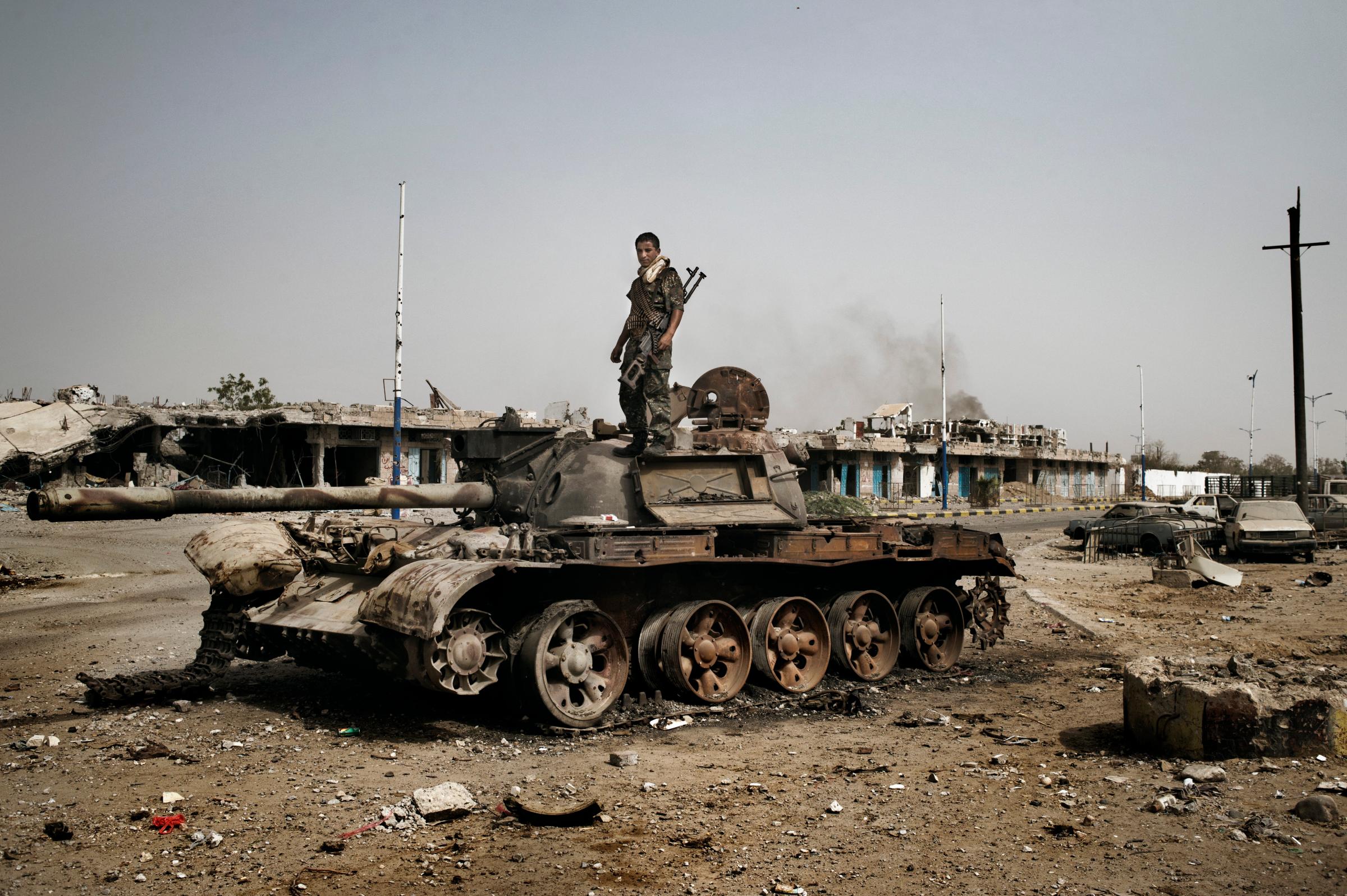
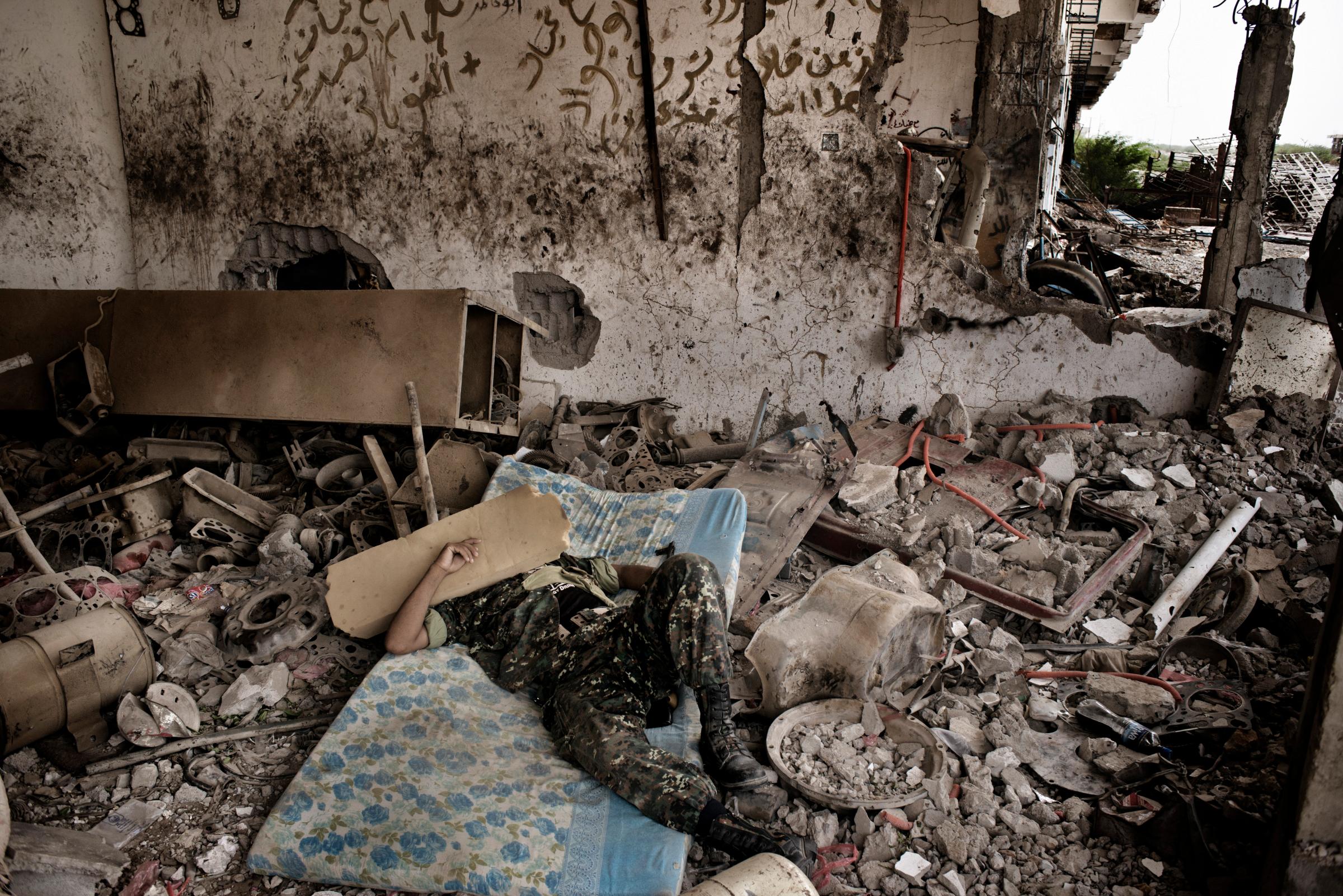
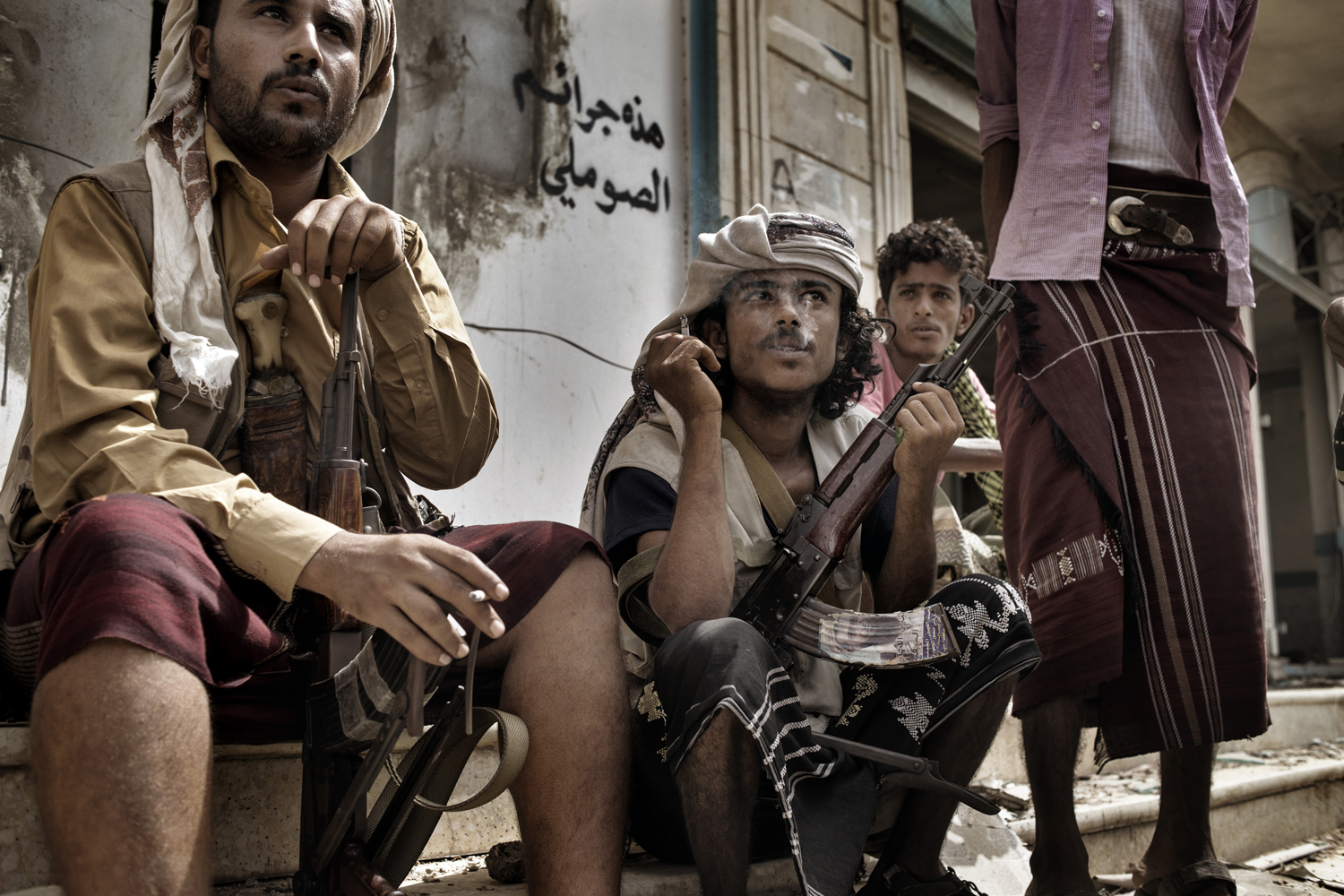
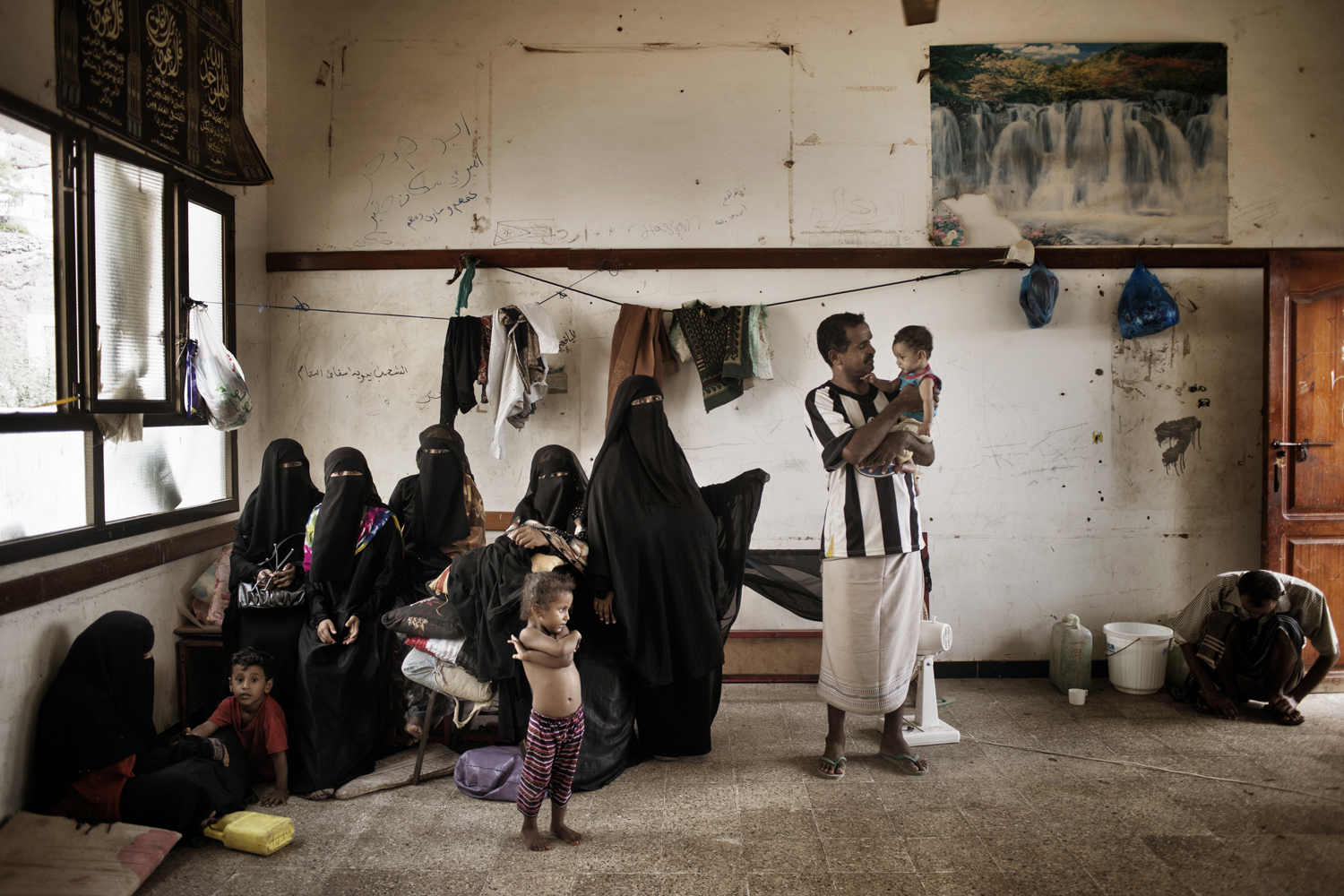
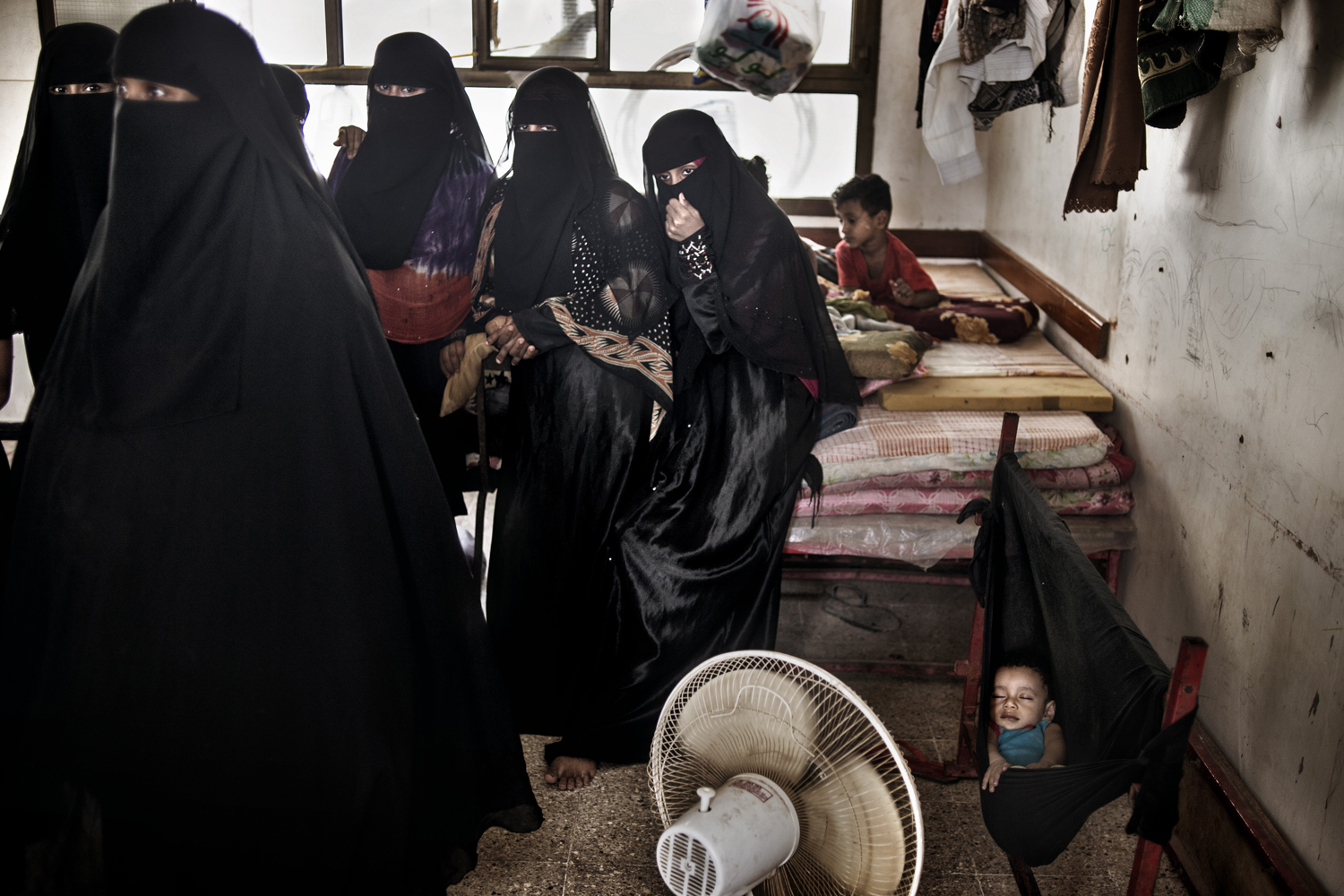
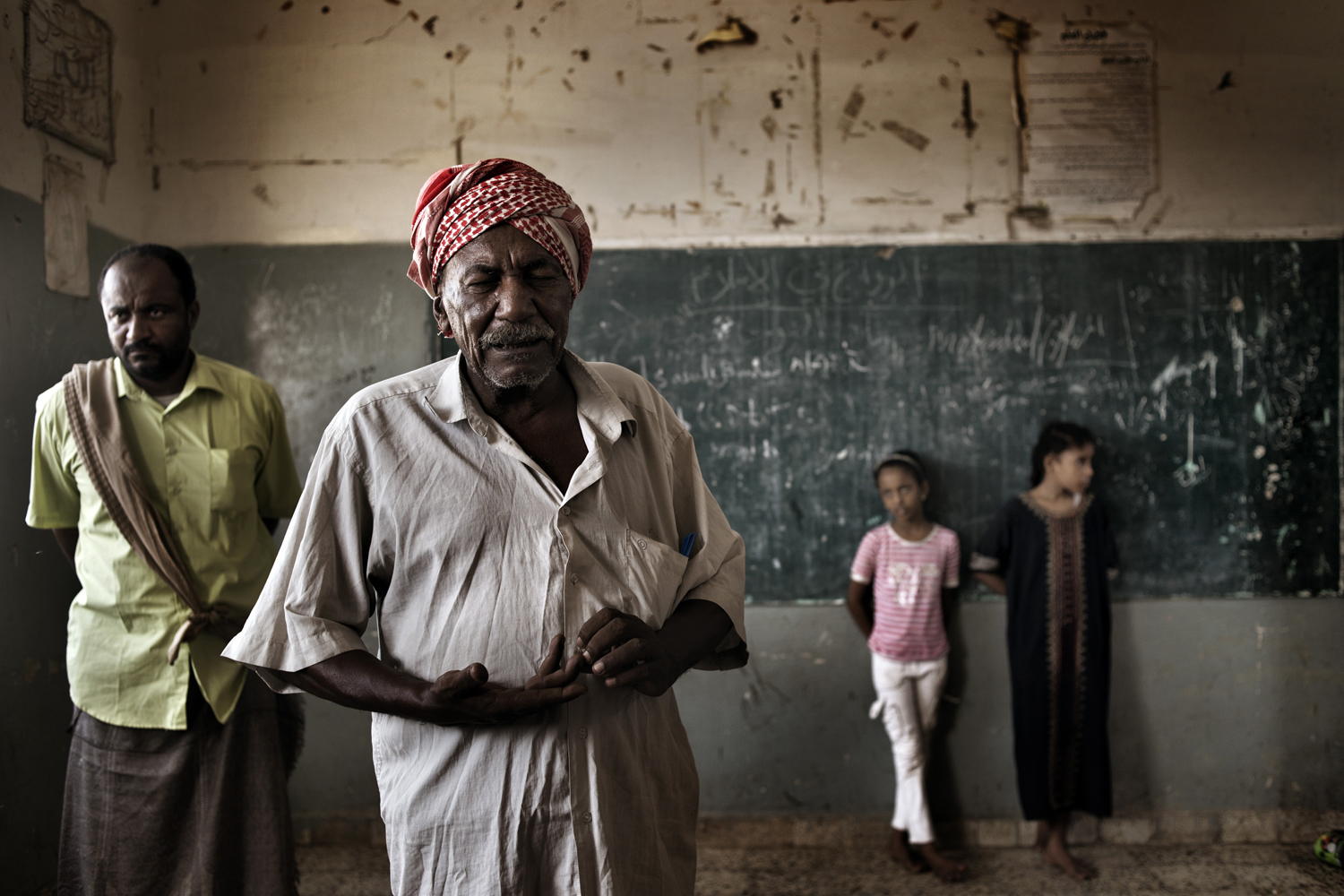
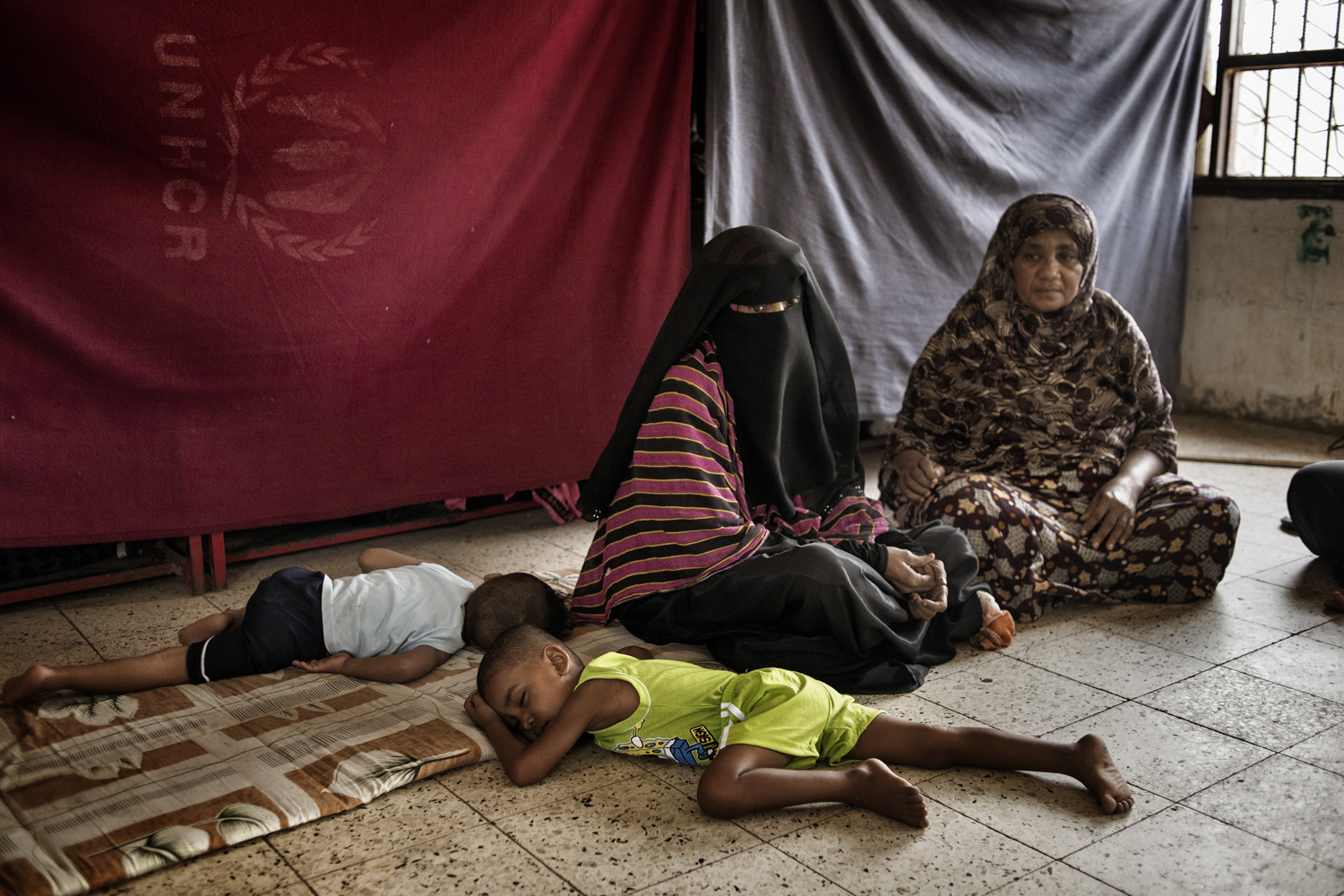
More Must-Reads From TIME
- The 100 Most Influential People of 2024
- Coco Gauff Is Playing for Herself Now
- Scenes From Pro-Palestinian Encampments Across U.S. Universities
- 6 Compliments That Land Every Time
- If You're Dating Right Now , You're Brave: Column
- The AI That Could Heal a Divided Internet
- Fallout Is a Brilliant Model for the Future of Video Game Adaptations
- Want Weekly Recs on What to Watch, Read, and More? Sign Up for Worth Your Time
Contact us at letters@time.com